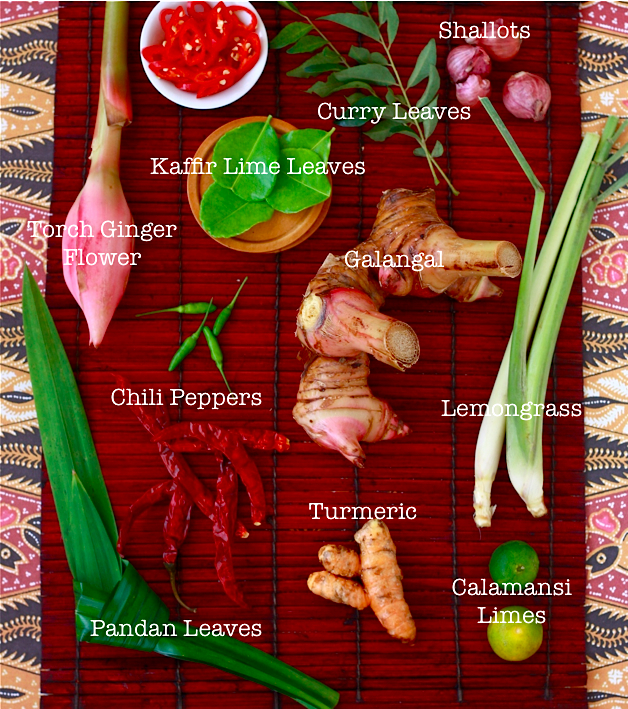Unveiling the Vibrant World of Herbs and Spices in Filipino Cuisine
The rich tapestry of Filipino cuisine is woven with a symphony of flavors, and at the heart of its culinary artistry lie a plethora of herbs and spices. From aromatic leaves to pungent roots, the Philippines boasts a diverse array of ingredients that elevate dishes, infusing them with unique tastes and aromas. Let’s take a flavorful journey through some of the herbs and spices that are quintessential to Filipino cooking. I this blog discover the Herbs and Spices that mostly use in the Philippines
1. Bay Leaves (Dahon ng Laurel)
- A staple in many Filipino dishes, bay leaves impart a subtle aromatic flavor, enhancing soups, stews, and adobo, the iconic Filipino dish.
2. Pandan Leaves
- Known for their sweet fragrance, pandan leaves are used to infuse rice, desserts, and drinks with a distinct aroma and subtle flavor.
3. Lemongrass (Tanglad)
- Tanglad adds a citrusy note and a refreshing aroma to soups, stews, and marinades, contributing a unique zing to Filipino dishes.
4. Turmeric (Luyang Dilaw)
- This golden-hued spice not only imparts color but also adds earthy, slightly bitter undertones to Filipino curries and stews.
5. Ginger (Luya)
- A versatile ingredient, ginger lends its spicy, pungent flavor to many Filipino dishes, from soups to stir-fries and marinades.
6. Garlic (Bawang)
- An indispensable element in Filipino cuisine, garlic adds depth and aroma to various dishes, forming the base of many flavorful recipes.
7. Black Peppercorns (Paminta)
- Paminta offers a robust and peppery flavor, used in both ground and whole form to season meats, stews, and sauces.
8. Chili Peppers (Sili)
- Sili comes in various heat levels and varieties, adding spiciness to Filipino dishes like sinigang, adobo, and even as a condiment.
9. Coriander (Wansoy)
- Wansoy provides a fresh, citrusy flavor, often used as a garnish in Filipino dishes like kinilaw or as an ingredient in sauces.
10. Annatto Seeds (Achuete)
- Achuete seeds are used to impart a vibrant reddish-orange hue to Filipino dishes like kare-kare and certain rice dishes.
11. Tamarind (Sampalok)
- Sampalok offers a tangy, sour flavor, used to add a delightful zing to Filipino soups, sauces, and marinades.
12. Cinnamon (Kanela)
- Kanela lends a warm, sweet flavor to Filipino desserts and drinks, adding depth to classics like arroz caldo and champorado.
13. Basil (Balanoi)
- Balanoi, or basil, infuses Filipino dishes with its distinct aroma and adds a hint of freshness to soups, stir-fries, and sauces.
14. Oregano (Oregano)
- Used dried or fresh, oregano contributes a slightly bitter and aromatic flavor to Filipino meat dishes and stews.
15. Dahon ng Sili (Chili Leaves)
- Often added to sinigang, dahon ng sili imparts a unique tangy flavor to the soup, complementing the sourness of tamarind.
Final Thoughts:
The vibrant tapestry of Filipino cuisine is interwoven with an exquisite array of herbs and spices, each contributing its unique essence to beloved dishes. From the warm embrace of ginger to the fragrant allure of pandan leaves, these ingredients not only add depth of flavor but also weave stories of culture and tradition into every meal. Embrace these aromatic treasures and embark on a flavorful journey through the heart and soul of Filipino cooking. Now that you know the Herbs and Spices that mostly use in the Philippines, what is your favorite?



